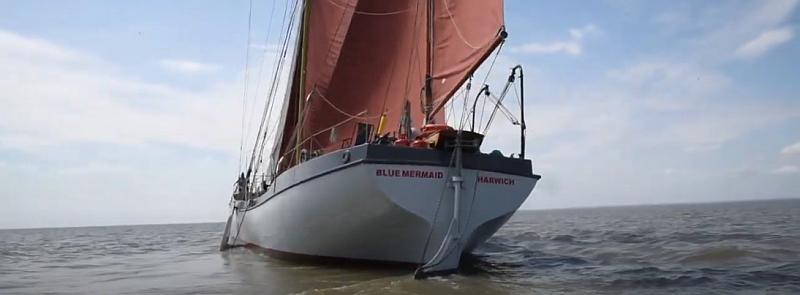 In 2019, we posted about Blue Mermaid, the first sailing barge built for trade in Britain since 1930. Recently, the Maritime and Coastguard Agency has granted permission to the Sea-Change Sailing Trust, which owns the Blue Mermaid, for the barge to carry cargoes of up to 110 tonnes, between Lowestoft and Sandwich – and up the Thames. Blue Mermaid is also the first UK-registered sailing vessel to be authorized as a commercial cargo carrier since the 1970s.
In 2019, we posted about Blue Mermaid, the first sailing barge built for trade in Britain since 1930. Recently, the Maritime and Coastguard Agency has granted permission to the Sea-Change Sailing Trust, which owns the Blue Mermaid, for the barge to carry cargoes of up to 110 tonnes, between Lowestoft and Sandwich – and up the Thames. Blue Mermaid is also the first UK-registered sailing vessel to be authorized as a commercial cargo carrier since the 1970s.
The sailing ship trust, which provides training and education for young people and vulnerable adults is working with Brightlingsea-based Essex Cement to carry cargo within its authorized range.

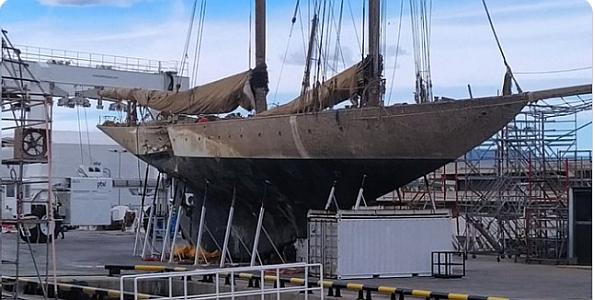 Sad news. The
Sad news. The 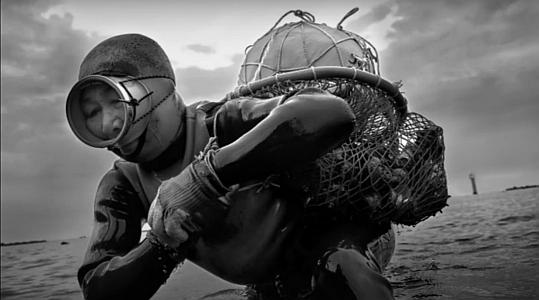 On the first day of Women’s History month, something a bit different.
On the first day of Women’s History month, something a bit different.  Yesterday, the
Yesterday, the 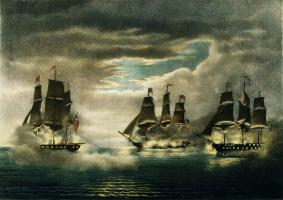
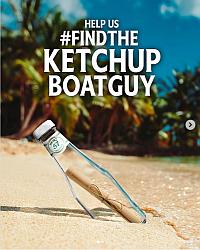
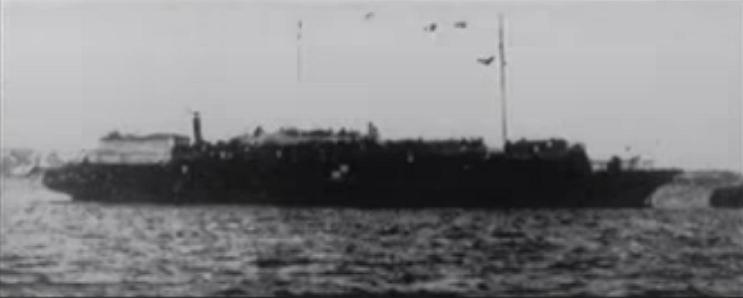 Eighty-one years ago today on February 24, 1941, the overloaded and unseaworthy
Eighty-one years ago today on February 24, 1941, the overloaded and unseaworthy 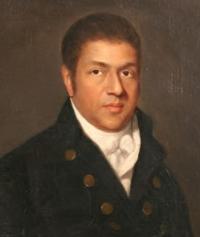 During Black History Month, it is worthwhile to remember early African-American shipmasters. Who was the first? That is hard to say.
During Black History Month, it is worthwhile to remember early African-American shipmasters. Who was the first? That is hard to say. 
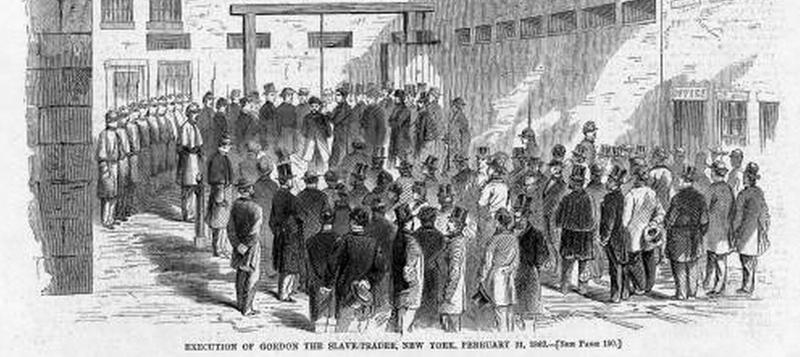 On February 21, 1862,
On February 21, 1862, 
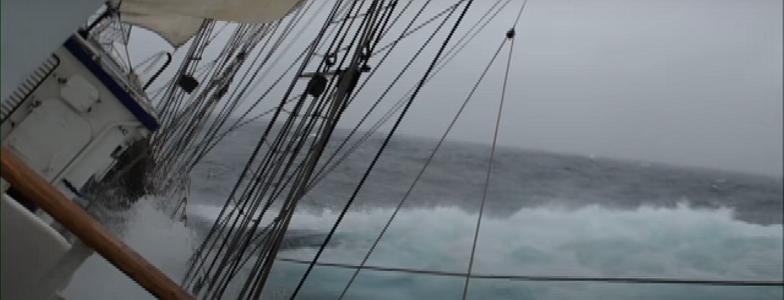 On February 17, 2010, thirteen years ago today, the
On February 17, 2010, thirteen years ago today, the 

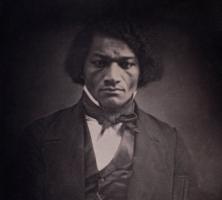 Happy Valentine’s Day! In honor of both the day and Black History Month, here is an updated repost about
Happy Valentine’s Day! In honor of both the day and Black History Month, here is an updated repost about 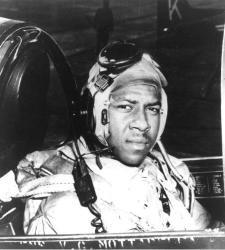 In honor of Black History Month, an updated repost about the first African-American pilot in the US Navy,
In honor of Black History Month, an updated repost about the first African-American pilot in the US Navy, 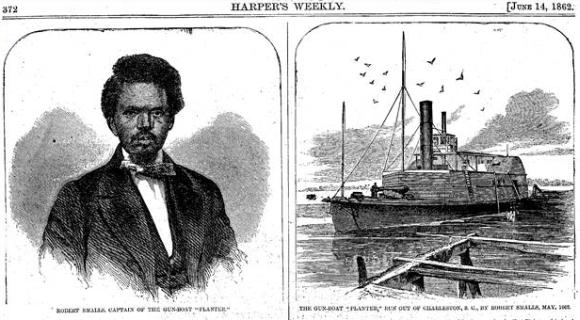 Here is a story well worth retelling; an updated repost in honor of Black History Month; the remarkable story of Robert Smalls.
Here is a story well worth retelling; an updated repost in honor of Black History Month; the remarkable story of Robert Smalls.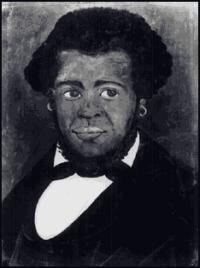
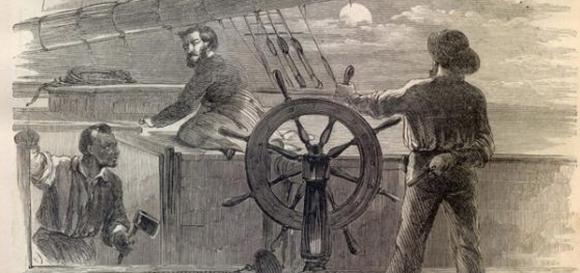 A repost in honor of Black History Month.
A repost in honor of Black History Month.